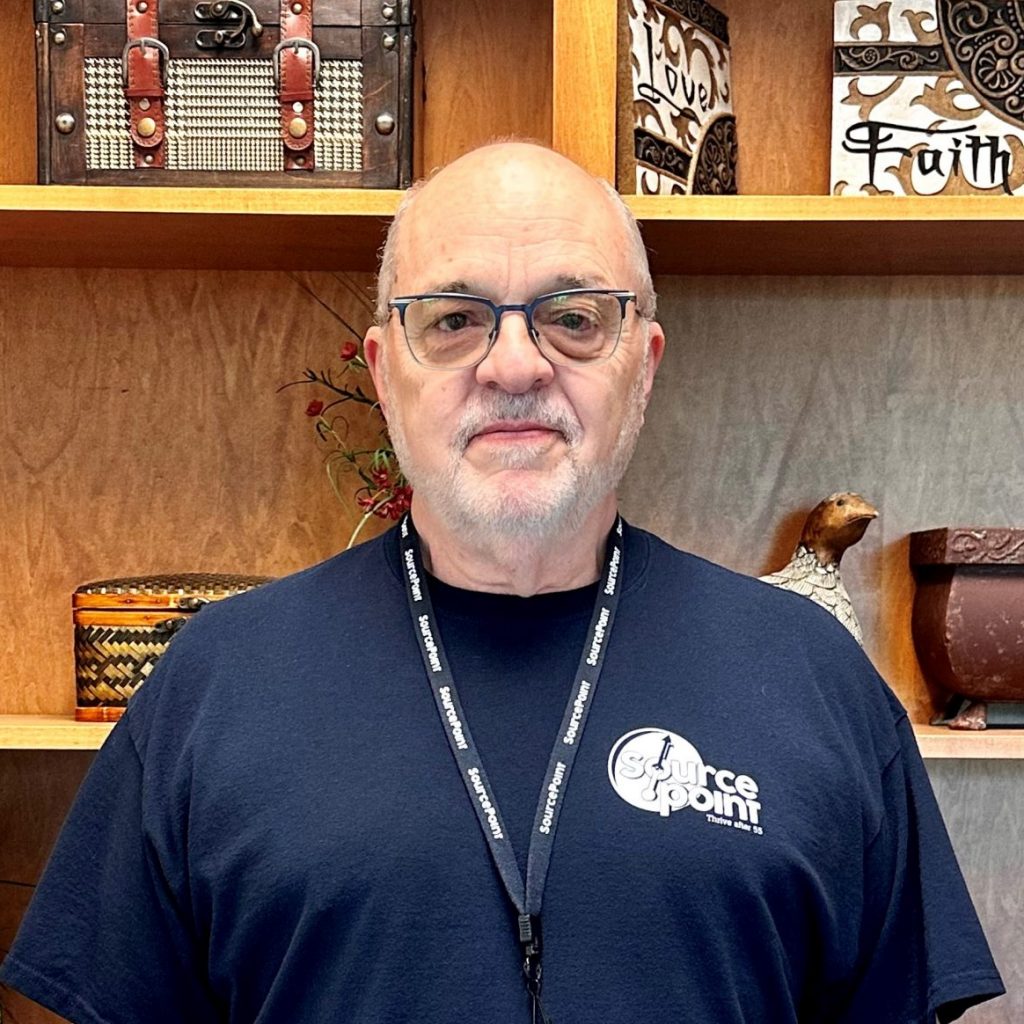By Jarren Ringle
So you just spent a lot of money on a new Apple iPhone or Samsung Galaxy. You probably bought a case for the phone, and you want a new charger and USB-C cable. You look on Amazon and see a very inexpensive pair of USB Type C cables. And you find a low-priced charger to go with them. You feel like you are getting a great deal but you may be getting a fried phone or a fire.
Years ago, when you purchased your new device it had a charger and charging cable included. That isn’t always the case now. You may get a cable but a charger may not be included.
Also in the past, official Apple Lighting cables had a “chip” that protected your iPhone from power fluctuations. That chip acted like a fuse and blocked an “over” charge from frying the phone. The overcharge might damage the charger but that is a low-cost device and can be easily replaced.
The fact is Android and Apple smartphones and tablets face the same challenges with knock-off USB-C cables and chargers. Cheap (knock-off) USB-C cables don’t always have that protection and they have a history of issues. Higher quality (more expensive) USB-C products have safety precautions.
So does that mean you have to buy Apple, Samsung, LG, etc. chargers and cables? You certainly can but you don’t need to. Major retailers are slowly banning chargers and cables that don’t meet the USB Standards. However, you can still find products that don’t meet the Standards and those might be the cheaper products the retailers are trying to get rid of.
The best advice is to take the time to research a charger or cable before you buy it. You can search the phone or tablet’s manufacturer web page and see what the device needs. What wattage the charger should deliver and is there any certification information? You can read the specs and recommendations on Amazon (warning… recommendations can be faked for some of the less-known brands).
I can’t endorse a product but when you shop you will quickly see a range of prices. As a general rule, a higher-priced charger is likely to be safer than the lower-priced one. A $10 cable is likely to be safer than a $5 4-pack of cable.
Also a quick word of caution… do not use frayed cables. That cable you wrapped with “scotch tape” could be the ticket to a fried phone or a house fire.

Jarren Ringle is a member of SourcePoint and a volunteer instructor. SourcePointers come to Jarren for tutelage on their tablets, laptops, and the most popular of all devices – cell phones. He teaches various technology classes throughout the year including one-on-one sessions and group classes. Jarren also volunteers at the Delaware County Office of Homeland Security and Emergency Management. With many years of project management experience in various technology fields, he enjoys helping others with technology.
To schedule a one-on-one tech learning session with Jarren at SourcePoint, go online at MySourcePoint.org/register or call 740-363-6677.


